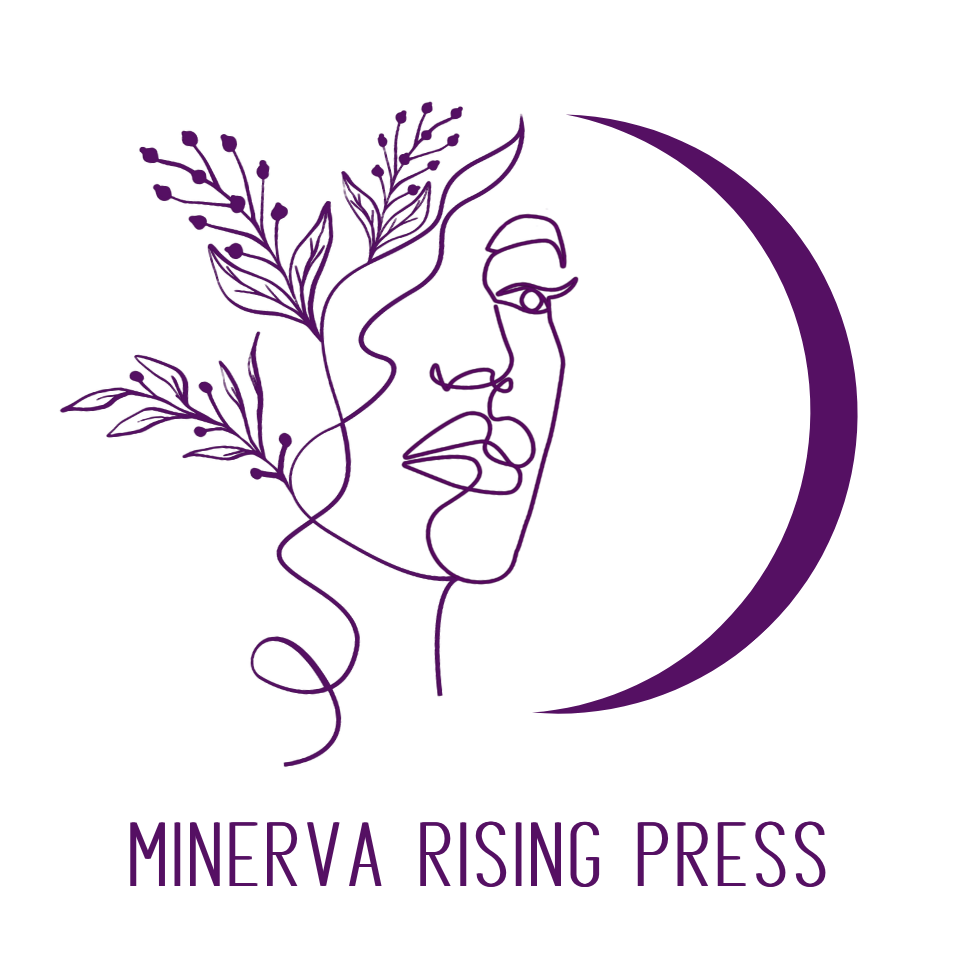It was a white winter Sunday when we followed the turkey tracks along the bank of a spring-fed stream. As my partner and I trekked the trails of Walla Hi Park we had been diligently following all winter, we decide to deviate from the hiking path. We pointed the tips of our snowshoes toward the skeletal stands of sleeping trees that flanked the stream and negotiated our way across the snow. The ground was white, interrupted by dark shafts of bark protruding from beneath the surface. The sky was white, clouds indistinguishable from the pale veil of winter. Geese squawked out of sight, their shrill honks signaling the arrival of spring. But this felt more like an ending than a beginning. A passing, instead of an arrival. This is the end of a stalwart Wisconsin winter. The end of blunt winter twilight, when the sun glows golden and shapes deep dark shadows on stark white surfaces.
It was the end of our snowshoes cracking through stratums of thawed and frozen ice and snow. It was the end of the wind sweeping white cyclones across the cornfields and white ghosts across the highway. The end of dark lines against white skies, grey shadows in white footprints, white noise carried on white air.
We heard the Sandhills gurgling their melody in the distance. Their chortling call bounced like muted giggles off of the sonic surface of the snow. We curved along the gait of a turkey, a distinct trail of three-toed claw prints embossed in the snow-covered bank of the creek. The creek burbled along, ice remaining only along the edge of the water, clinging to the muddy banks and low branches.
We listened to the wind husssssssssh through the pines. We watched the first white “V” of snow geese fly over our heads. We listened to the white wings flap and feather across the white sky. There was no more doubt. The time had come and the tired, white season of ice would soon be swept away by wind and warmth. I felt the white winter pass that day. Like a thawing stream, the loss dissolved slowly from my bones, melted from my mind, then flooded from inside me.
Though excited for the arrival of spring, I was surprised at the grief I felt for winter. I went home and wrote an elegy to the departed season. I reflected on the value of struggle, the beauty of simplicity, the significance of perspective, and the power of pattern. Nature is the ultimate example of pattern, of cycle. Nature is a circle of before and after. Nature is connection and appreciation to what has come before. Nature is perspective. Nature is more than inspiration for a poem; nature is a teacher of poetics. Learn from what you have written and from what has been written before you, but follow your own path. Follow the natural order of the course before you, let it become and create the pattern. Let your inspiration flow and flood where it will. Don’t interrupt the organic experience of your writing with imitation stimulation and preconceptions of the emotion and response you assume an experience will lead to. Let it move from within you. Allow it to arrive via its chosen path, to follow the invisible current, to travel the natural tide.






I understand how you feel, but I am glad winter is leaving even though it seems to be taking its time about it!
It’s true. I am certainly enjoying the warmth as it moves in.
Beautifully written. I was right there with you on the walk, seeing, hearing and feeling winter.
Thank you. Glad to have you along!
Reblogged this on Nature’s Abhorred Vacuum.
Thank you!
How gorgeous. And yes — I’ve come to mourn the passing of winter, too! That stillness and temporary lull is such a wonderful place to be as a poet. The darkness that allows us to turn inward, to slow down.
Exactly! Thank you for your comment. It is much appreciated.